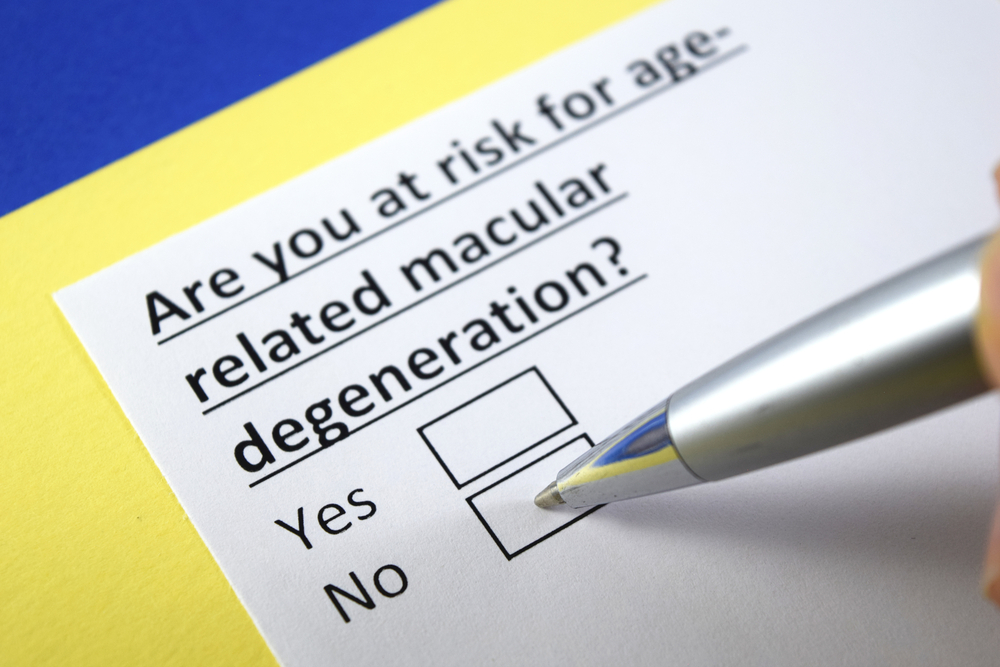There are 2 forms of Age-related macular degeneration – Dry and Wet form.
DRY or NON-Exudative AMD
is the more common form, these photoreceptors slowly fail to function properly. This results in any abnormal deposits or debris, called drusen to accumulate under the retina. Fortunately, these deposits rarely cause visual loss or blindness. However, in some patients, the photoreceptors slowly degenerate with time, resulting in an advanced form of dry AMD called Geographical Atrophy. In a small group of patients, patients with drusen can progress to develop wet AMD. Both advanced form of dry AMD and wet AMD can cause visual loss.
Treatment options for Dry AMD
There is currently no proven effective treatment for dry AMD.

WET or Exudative AMD
Wet or Exudative AMD accounts for 10 to 15% of cases but is responsible for the majority of patients with vision loss. This is due to the growth of abnormal blood vessels under the retina called Choroidal Neovascularization (CNV). These new blood vessels are very fragile and may leak fluid or blood. This leads to scarring that causes rapid and severe visual loss. Another variant that is commonly seen in this part of the world is called Polypoidal Choroidal Vasculopathy (PCV). This condition frequently results in large amounts of bleeding and leakage under the retina.
Treatment options for Wet AMD
As for wet AMD, there are a few options but none of these are a cure.
Laser
This involves applying a focused beam of high energy laser to the leaky blood vessels. However, this will also destroy surrounding health tissues and cannot be used for blood vessels directly under the centre of the macula.
Photodynamic Therapy (PDT)
This is a 2 step procedure. The first step involves injection of a drug called verteprofin (Visudyne) into the blood stream. The drug accumulates in the abnormal leaky blood vessels but not in normal vessels. The second step involves applying a ‘cold’ laser to activate the drug on these abnormal blood vessels. This way, the abnormal vessels will be closed and the normal tissue will not be affected as they do not collect the drug.
Anti-VEGFs
This is a recently discovered new group of drugs, called anti-VEGF (anti-Vascular Endothelial Growth Factor). By injecting the drug directly into the eye using a small, fine needle, it has been shown to be effective in treating wet AMD by causing regression of the CNV. This is the only treatment that may result in improvement of vision but results vary between individuals. However, injections may have to be repeated on a monthly basis for optimal results. An example of this agent is Lucentis. Due to the high cost of Lucentis, a close chemical alternative of Lucentis, Avastin can be used. Avastin is a drug used for patients with colorectal cancer. It is used ‘off-label’ for patients who cannot afford Lucentis. Both of these drugs are injected directly into the eye known as an intravitreal injection.
As part of our comprehensive quality care we provide, we also offer counseling with regards to diet and lifestyle modifications to help reduce your risk of AMD.
